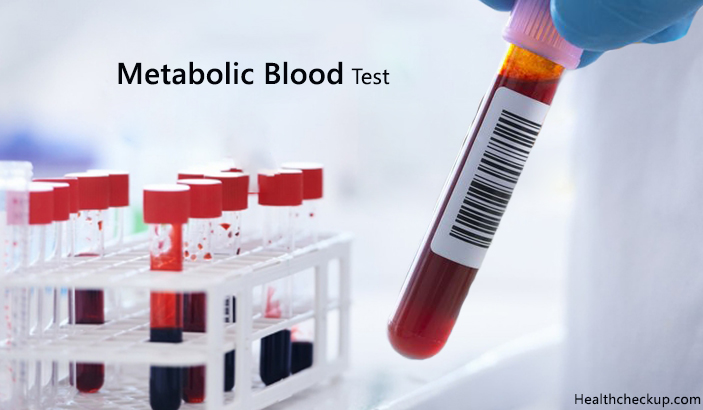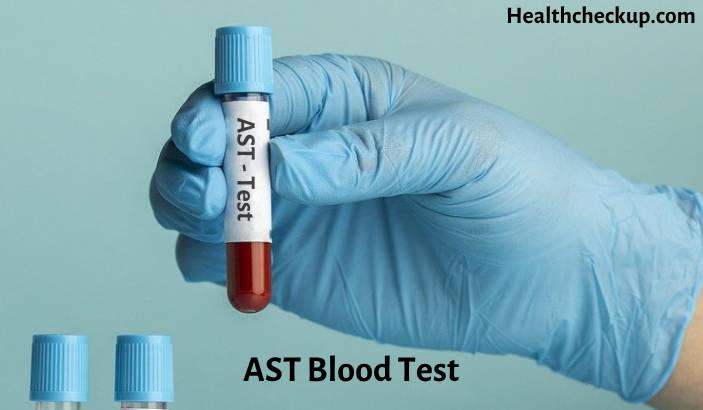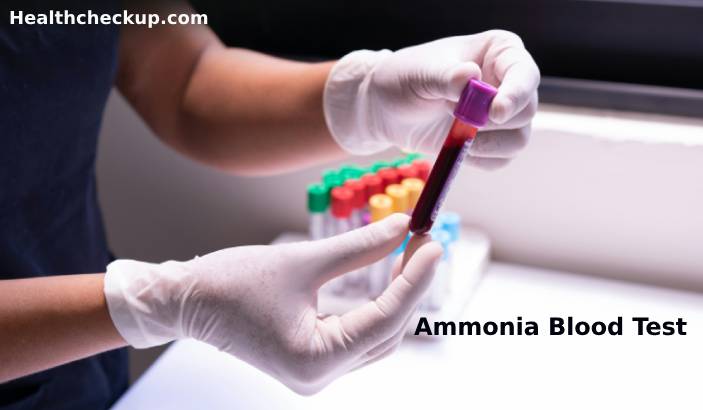You may complain about some issues to your doctor and make him order a Metabolic Blood Test. Metabolism is about your body’s chemistry and how energy is used up in the body. The metabolic blood test gives your doctor a look at the status of your body metabolism. This includes how healthy your liver and kidneys are. There are the normal results and abnormal ones. You may see a Complete Metabolism Panel or Metabolic Blood Test as part of your annual health checkup.
What Is A Metabolic Blood Test?
There are 14 areas of interest that help doctors determine how well your metabolism is. The 14 points of medical interest are investigated in a metabolic blood test. The test is sometimes called a Comprehensive Metabolic Panel.
This test tells your doctor whether you suffer from a condition called Metabolic Syndrome or not. Symptoms of metabolic syndrome are high blood pressure and sugars, body fat in large amounts around the waist, and abnormal levels of triglyceride and cholesterol.
Inability to lose weight is a common reason why your doctor may ask you to have a metabolic blood test. Taking a metabolic blood test for weight loss management by your medical care provider is one of the reasons why the test is ordered.
This test investigates your glucose, calcium and proteins metabolism. Electrolytes too are investigated in the test.
How to Prepare For a Metabolic Blood Test
A metabolic test utilizes a blood specimen drawn from you. It can be scheduled or random. Preparing for this test is simple. Since only a blood sample is drawn, the whole procedure is easy on you. In a random metabolic blood test, there is no preparation needed. A specimen is collected randomly and tested.
In a scheduled metabolic blood test, you will undergo some preparatory steps. Such preparation ensures quality specimen is collected from you. It also gives the doctor high confidence in the results of your test.
Preparation for a metabolic blood test involves fasting. For a period of between 10 and 12 hours, you are allowed to only have water. Metabolic blood test fasting should be done under the guidance of your doctor. The start of your fast must be well timed with the time of specimen collection.
If you are under any medications, inform your healthcare provider. Even when it is your healthcare provider who prescribed such medications, it does not harm to remind them. After a sample for a metabolic blood test has been collected, you will have your test results in less than a day.
Metabolic Blood Test Procedure
The test procedure for a this blood test is straightforward. A blood sample is drawn through venipuncture.
- A clean swab is used to rid the site of venipuncture of all microorganisms.
- A needle with a syringe is then inserted into a vein in your arm.
The collected blood is then transferred from the syringe into a tube or vial. The blood specimen is then analyzed in a laboratory. A laboratory technician or phlebotomist may be tasked with the drawing of blood.
Metabolic Blood Test Results and Interpretation
Results of your metabolic blood test have one or two columns. One column is always the readings of various measured components. The second column is usually the normal values or ranges of the measured components.
By comparing the values in the two columns, your doctor knows if you are having a normal or abnormal metabolism. Causes of abnormal metabolism include genetics, your gender and age.
Diabetes, obesity, race and other medical conditions especially cardiovascular disease have been found to contribute towards the rise of metabolic syndrome in sufferers. The thyroid gland located in your neck’s frontal area also plays a role in how well your body carries out metabolism. The thyroid gland wraps around your trachea.
The normal readings for a metabolic blood test measured components are in 5 categories. These are liver tests, Kidney tests, Electrolytes, protein, glucose and calcium.
Normal Ranges of Metabolic Blood Test Results
The units used in ranging the results of your metabolic blood test are Milligrams per Deciliter (mg/dL), Grams per Deciliter (g/dL), International Units per Liter (IU/L) and Milliequivalents per Liter (meq/L).
The normal result for calcium ranges from 8.5 to 10.2 mg/dL. For glucose, the normal range is 70 to 100 mg/dL. Proteins return a normal result of 3.4 to 5.4 g/dL for albumin and 6.0 to 8.3 g/dL in total protein results.
Normal Results for Liver Tests in A Metabolic Blood Test Results are
- ALP: Between 44 and 147 IU/L
- ALT: Between 10 and 40 IU/L
- AST: Between 10 and 34 IU/L
- Bilirubin: Between 0.3 and 1.9 mg/dL
Kidney Tests Normal Results in A Metabolic Blood Test Results are
- BUN: Between 6 to 20 mg/dL
- Creatinine: Between 0.6 to 1.3 mg/dL
Electrolytes Normal Results in A Comprehensive Metabolic Panel Results are
- CO2: Between 23 and 29 meq/L
- Chloride: Between 96 and 106 meq/L
- Potassium: Between 3.7 and 5.2 meq/L
- Sodium: Between 135 and 145 meq/L.
If you have abnormal readings in any of the results of a complete metabolic blood test results, your medical care consultant will guide you on the next course of action. The results may necessitate further tests or confirm previously held suspicions. The results may also remove some medical conditions from suspicion of causing your medical problems. It is good to have the course of action after your metabolic blood test results explained out to you by your medical care consultant.
Medically Reviewed By

Professionally, a trained Microbiologist and Plant operator, Eustace is an experienced health content writer who is passionate about helping people lead a healthy life.








